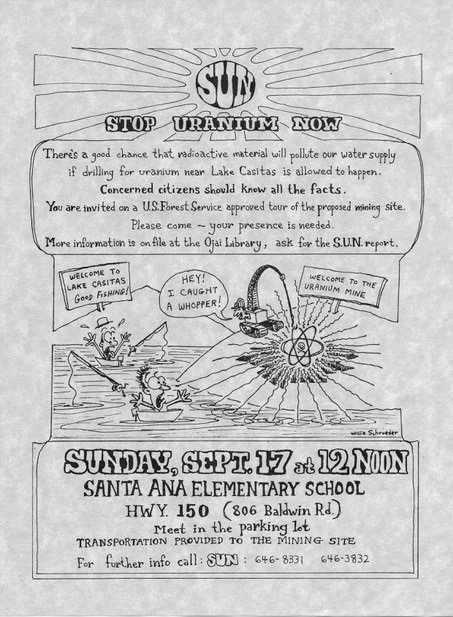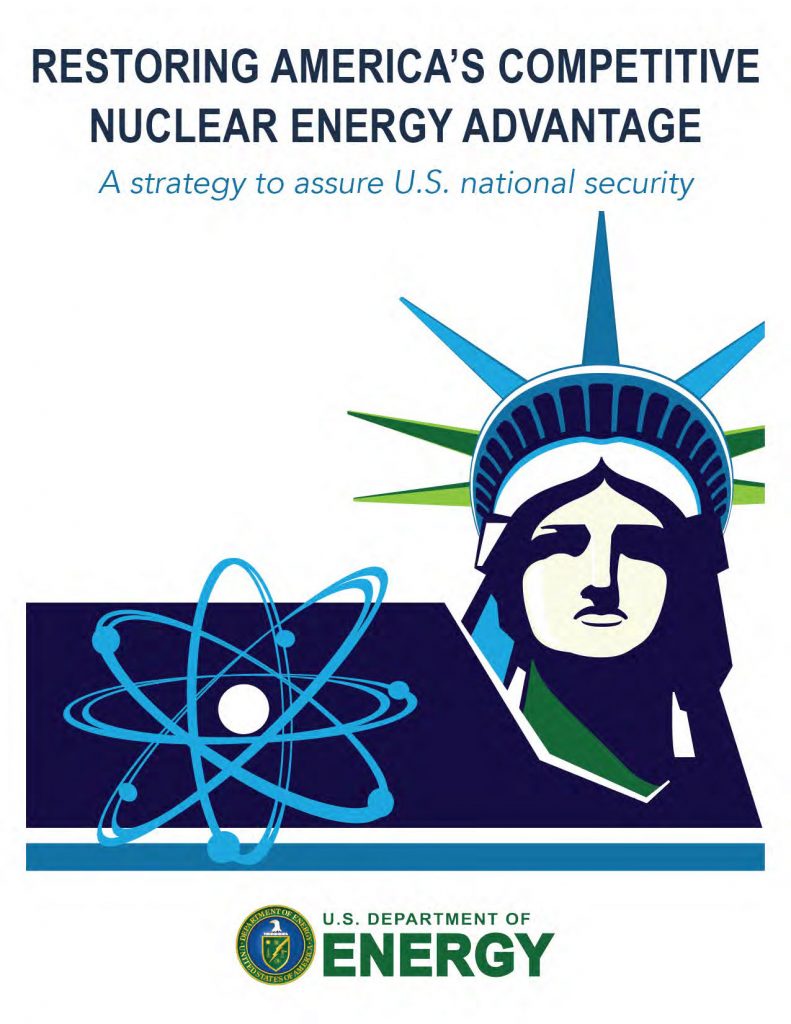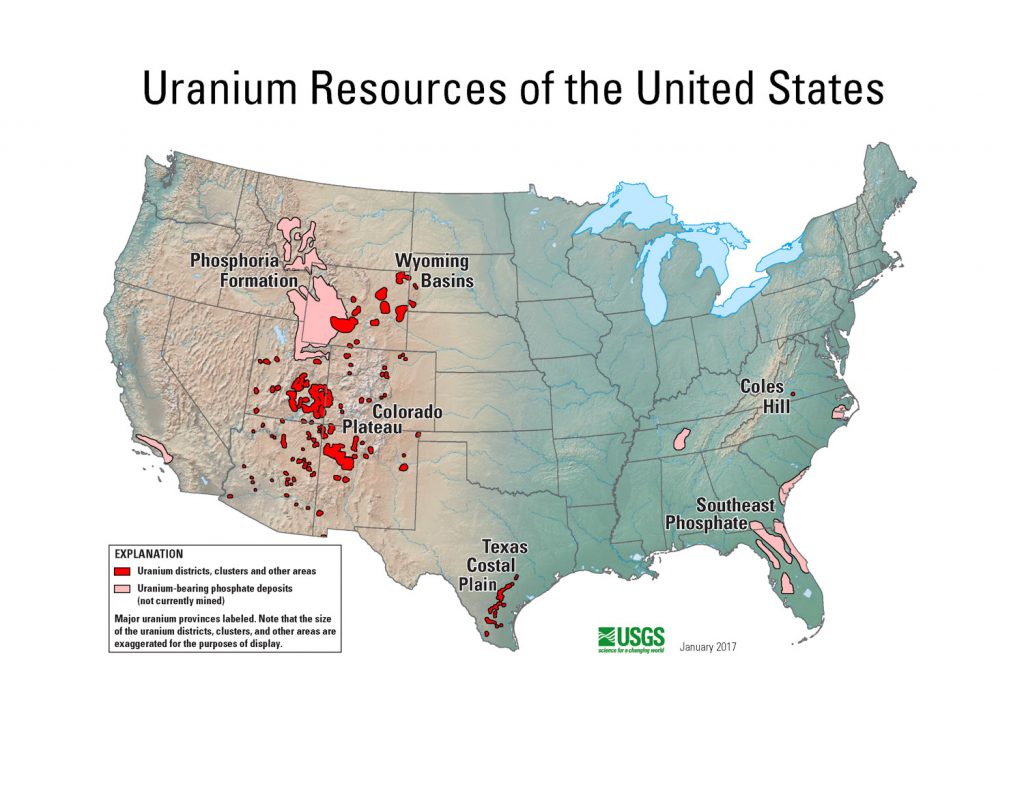Washington, D.C. — In a report released in late April, a working group assembled by President Trump is recommending several steps to revive the nation’s uranium mining industry, including expanding access to uranium deposits on federal lands and fast-tracking environmental reviews to speed the permitting process. The report could revive past attempts to mine uranium in the Los Padres National Forest in San Luis Obispo and Ventura counties.
The report, titled “Restoring America’s Competitive Nuclear Energy Advantage,” was prepared following a Presidential Memoranda in July 2019. The memo established the Nuclear Fuel Working Group and ordered its members to report back to the President with recommendations to “further enable domestic nuclear fuel production.”
National Impact: The Grand Canyon
Many of the report’s recommendations will require additional action before taking effect, such as changes to agency rules or regulations, or passage of legislation. But if the recommendations are ultimately enacted, conservation groups are concerned that it would amplify efforts by the mining industry to rescind a twenty-year moratorium on new mining claims next to Grand Canyon National Park.
Local Impact: Ventura County
Locally, conservation groups are keeping an eye on whether the report could resurrect historic uranium mining activity in the Los Padres National Forest, including an old uranium claim near Lake Casitas in the Ojai Valley. Uranium mining also occurred in the La Panza Range in San Luis Obispo County, and in Ballinger Canyon in Ventura County.

The most controversial of these proposals occurred in 1978, when the Homestake Mining Company submitted a plan to explore for uranium deposits in the Los Padres National Forest near Lake Casitas in Ventura County. The plan included exploration of 36 uranium mining claims in the Coyote Creek drainage between White Ledge Peak and Superior Ridge, including nearly two miles of road construction and the drilling of 76 test holes. The Forest Service approved the mining plan later that year, opening the door to eventually allow the construction of an open-pit uranium mine directly upstream from the main source of drinking and agricultural water for the cities of Ojai and Ventura.

Residents organized to form Stop Uranium Now, and in response to widespread public outcry, the Interior Secretary in 1979 placed a three-year moratorium on mining around Lake Casitas, declaring 64,000 acres off-limits to uranium mining and exploration. The withdrawal was then extended for an additional twenty years, the maximum amount of time allowed by law. The mineral withdrawal expired in 2004 and has not been renewed since, leaving the area vulnerable to future mining proposals.
Local Impact: San Luis Obispo County
Further north, small-scale uranium exploration and mining boomed in the 1950s in the La Panza Range east of San Luis Obispo. Two decades later, the Lomex Corporation of Texas acquired mining claims across 1,140 acres of federal land in the Los Padres National Forest. The company’s exploration plan was approved by the Forest Service in the 1980s, but was eventually cancelled amidst public opposition led by a local organization called Oak Tree Alliance.
While no uranium mining currently occurs in the Los Padres National Forest, the region does contain the only uranium-bearing phosphate deposits in California. Most of those deposits underly national forest land in Santa Barbara and Ventura counties, according to a 2017 map by the U.S. Geological Service.
What Happens Next?
The report adds to a long line of actions by the administration to expand uranium mining on federal public lands. In 2018, the Interior Department placed uranium on the country’s “critical minerals” list even though it didn’t meet the definition of the term. In 2019, the Commerce Department urged the expansion of “critical minerals” mining on federal public lands. And earlier this year, the Forest Service announced that it was revising regulations governing mining of uranium and other materials in national forests.
Will these actions herald the return of uranium mining to the Los Padres National Forest? It’s too early to tell, but it’s not too early to act. ForestWatch will continue to monitor the situation and work with our allies in Washington DC to stop any attempts to streamline the uranium mining permitting and environmental review process on federal lands. And if there ever are uranium mining claims filed in the Los Padres National Forest, we will fight the mining industry tooth and nail. We must do everything we can to ensure that the sordid history of uranium mining on our region’s public lands is not repeated.









Comments are closed.